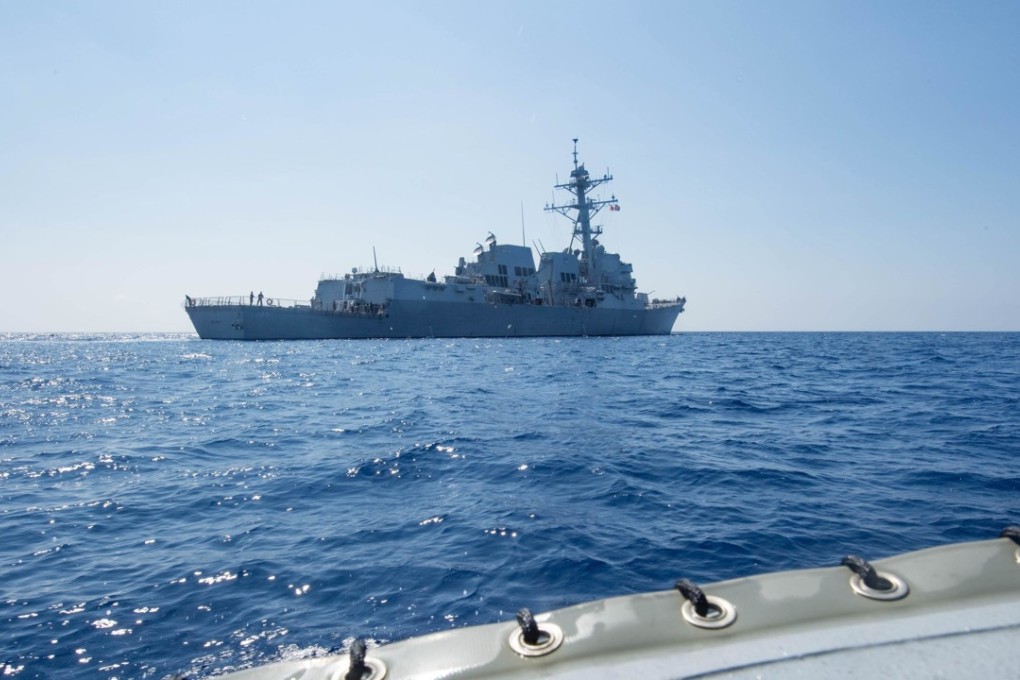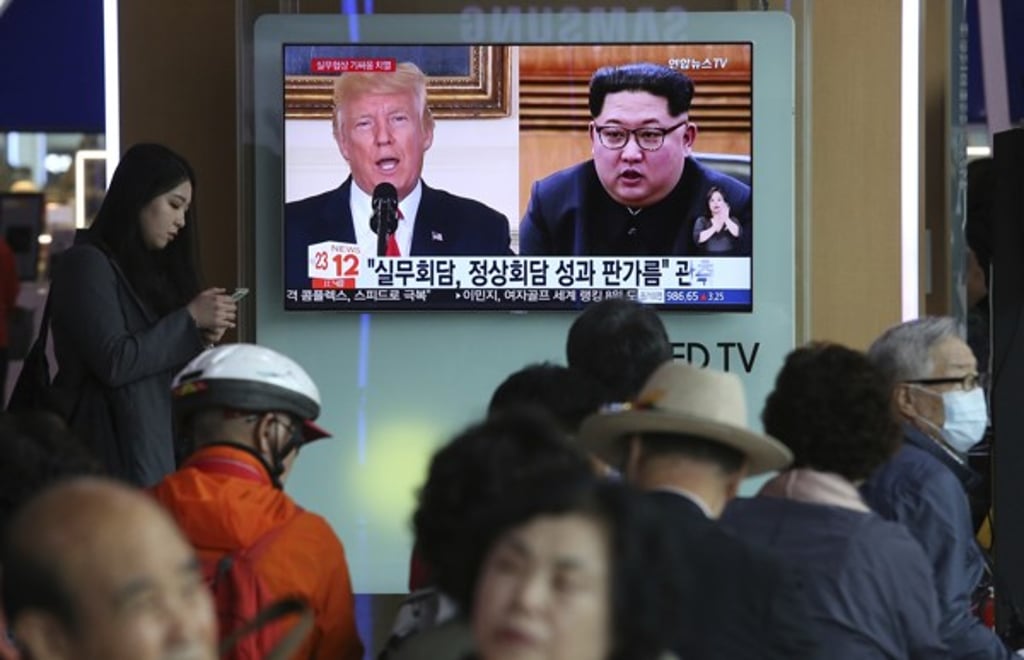Five things to watch for at the Shangri-La Dialogue in Singapore

Asia’s annual security conference, the three-day IISS Shangri-La Dialogue, begins on Friday in Singapore – and five key issues will take centre-stage.
1. South China Sea tensions
Tensions over territorial claims in the South China Sea have been rising in recent weeks. US Secretary of Defence Jim Mattis on Tuesday said the US would continue to confront what Washington sees as China’s militarisation in the contested waters.
“You’ll notice there is only one country that seems to take active steps to rebuff them or state their resentment [to] them, but it’s international waters and a lot of nations want to see freedom of navigation,” Mattis said. “When they [Chinese] do things that are opaque to the rest of us, then we cannot cooperate in areas that we would otherwise cooperate in.”
On Sunday, two US Navy warships sailed close to several islands in the disputed Paracel group. Beijing condemned the move as a “serious infringement of Chinese sovereignty”. The Philippines also warned that it will go to war with China if Beijing crosses its “red line”.
2. North Korea crisis
As the “will they or won’t they” US-North Korea summit draws closer – potentially June 12, also in Singapore – the focus of the security conference is expected to be on North Korea. Prospects for the summit remain uncertain – US President Donald Trump cancelled the talks on May 24, but changed his mind less than 24 hours later, stating that the meeting was still possible.
Defence officials at the Shangri-La Dialogue are expected to discuss how sincere North Korea is about denuclearisation, and how likely it is that Trump and Kim Jong-un can reach an agreement during their talks.
South Korean defence minister Song Young-moo and his Japanese counterpart Itsunori Onodera are expected to give a keynote speech titled “De-escalating the North Korean crisis”.
